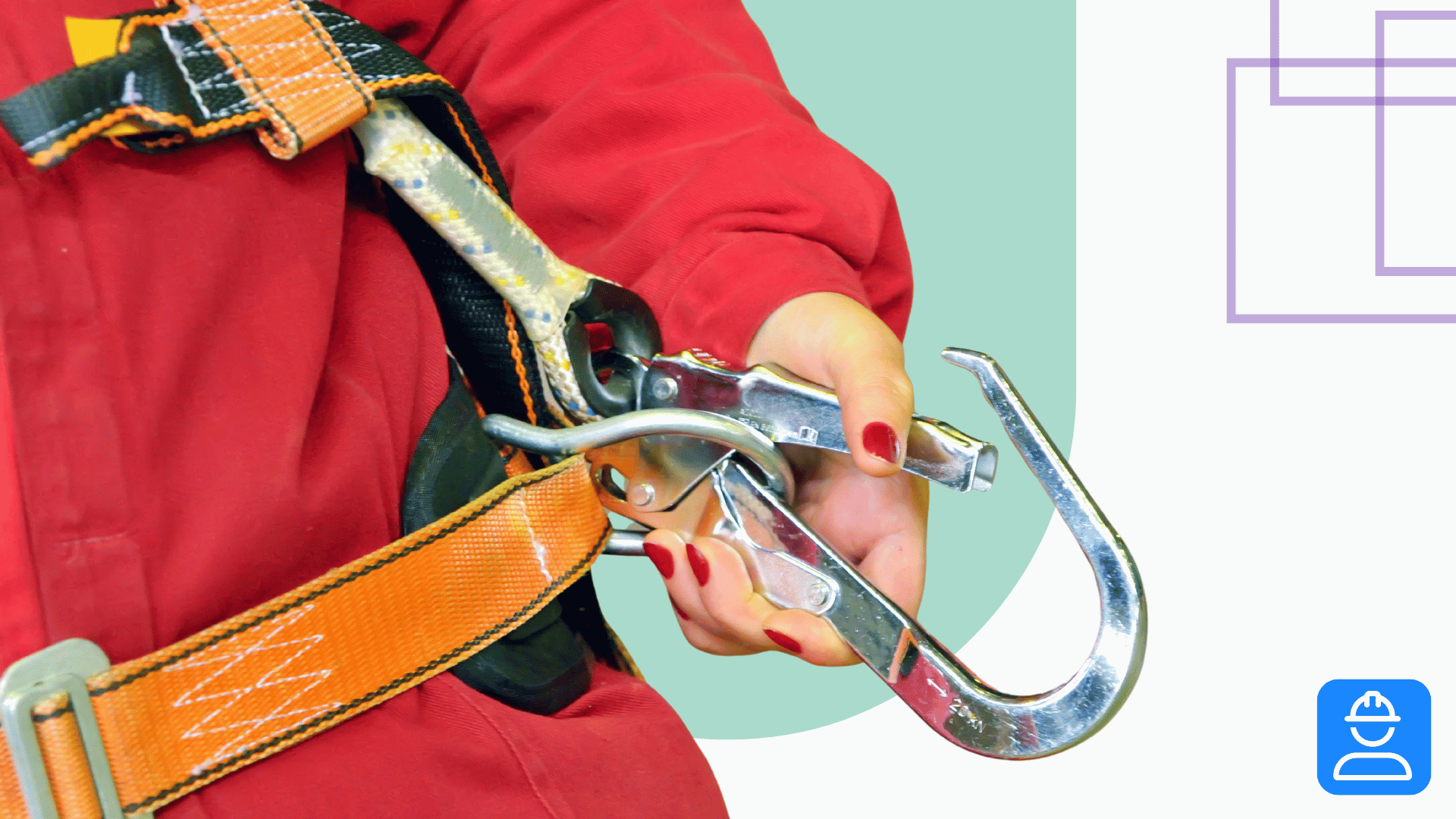Falls and trips are one of the most common incidents across all work industries. That’s why workers need continuous refresher on the topic to prevent injuries and near misses. This fall protection toolbox talk is great for discussing the hazards of insufficient safety measures with your team.
Fall protection toolbox talk overview
During this toolbox talk, we’ll discuss:
- Common fall risks in the workplace
- Prevention of unprotected falls
- Reporting fall hazards
While we do have measures in place to prevent falls, oftentimes personal safety plays a major role. Maintaining awareness of your surroundings, making careful movements, and double checking your fall protection gear are all essential strategies for avoiding injuries.
Fall risks
There are two main types of workplace falls: falls from heights and falls from the ground. Whether you’re working on platforms, scaffolding, or other raised surfaces, it’s important to note what guards (if any) are present. Unprotected edges or holes, for example, greatly increase your risk of a fall without proper awareness.
Other factors like the amount of foot traffic or noise in an area, or wet weather conditions, can create new hazards by the day or hour. While harnesses, ladders, ropes, and guardrails aid in the case of a fall, they’re your last line of protection. Proper use of safety equipment and constant awareness are essential for avoiding injury.
Preventing unprotected falls
The first thing you should do before starting work is make note of any potential hazards in the area. Then, put on the correct PPE for the task or situation and put up any safety guards (railing, signage, etc.) to prevent incidents.
You can also lower risks by:
- Letting other people in the area know of fall hazards you see
- Securing open edges and holes with guards
- Hooking up to a fall arrest system when possible
- Inspecting lanyards and anchor points before connecting to them
- Checking fall protection harnesses and ropes for signs of excessive wear
- Properly storing and maintaining all fall protection gear
- Using adequate, certified scaffolding and ladders to access high points
Remember: gear is only part of the equation. Oftentimes, accidents happen when someone’s distracted, even if it’s only for a moment. Always keep your attention on your task and surroundings to prevent falls.
Reporting fall safety hazards
Equally important as practicing fall safety is reporting the risks you come across. For example, if you notice that harnesses or lanyards are damaged, they need to be taken out of service immediately. Finding these hazards and reporting them right away is the best way to avoid injuries.



